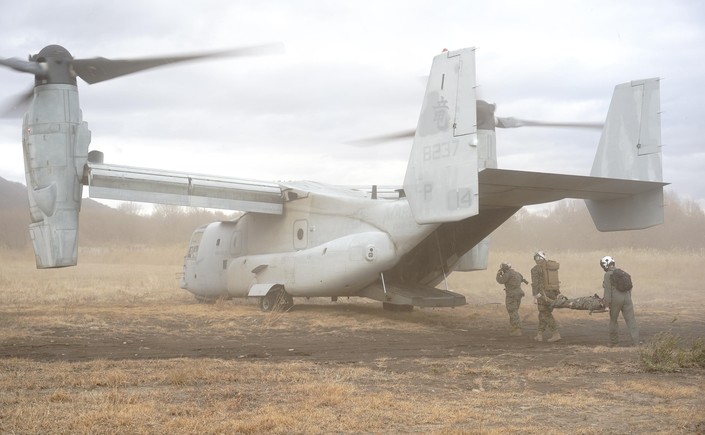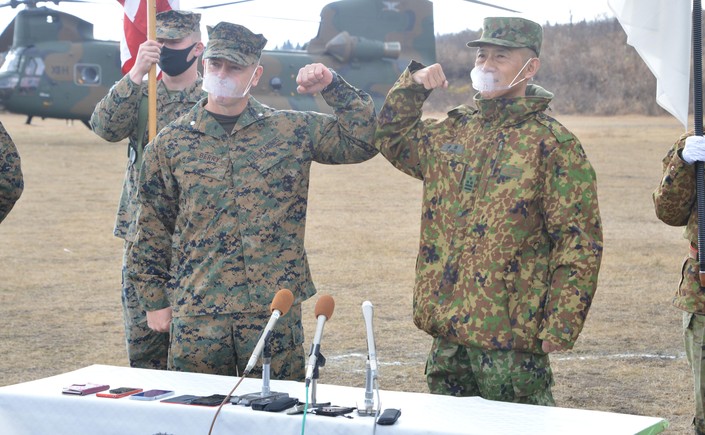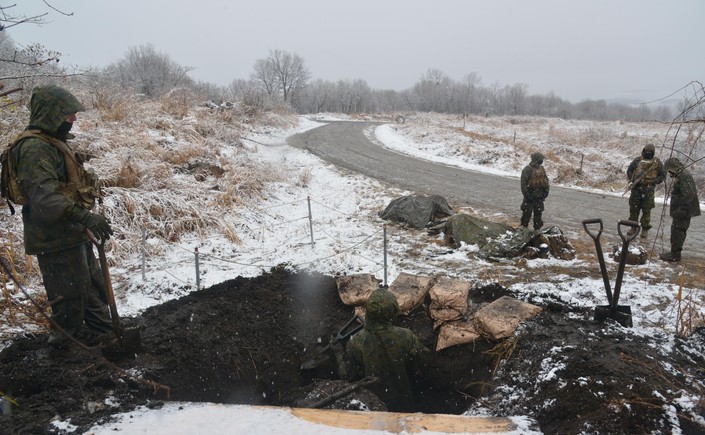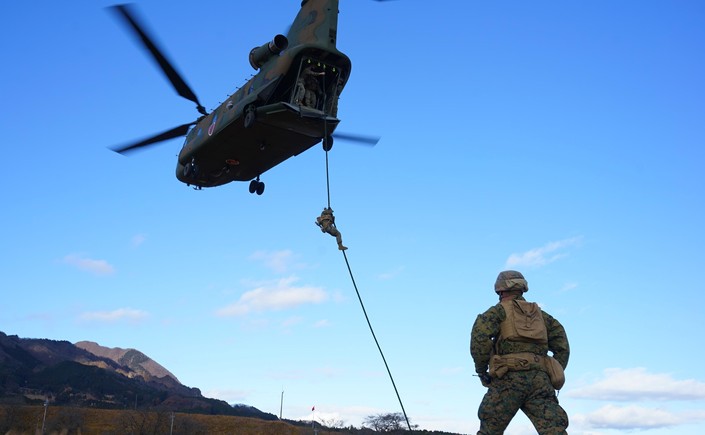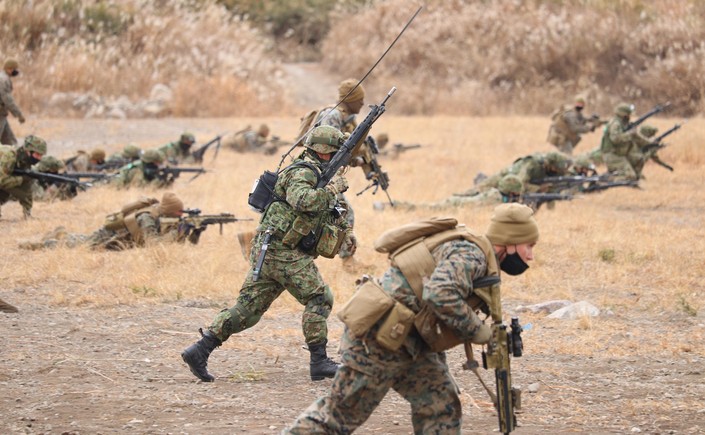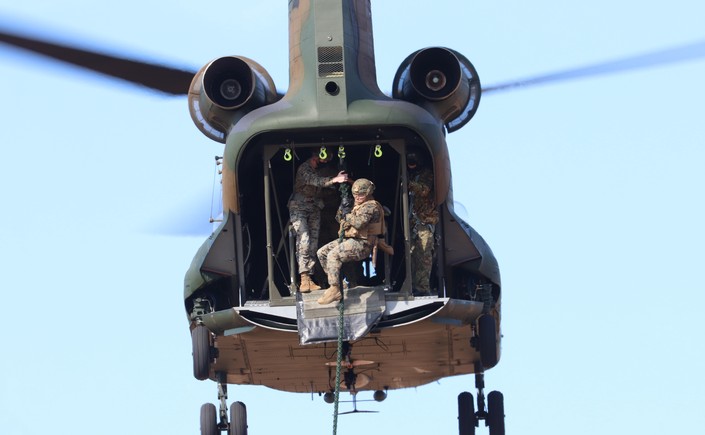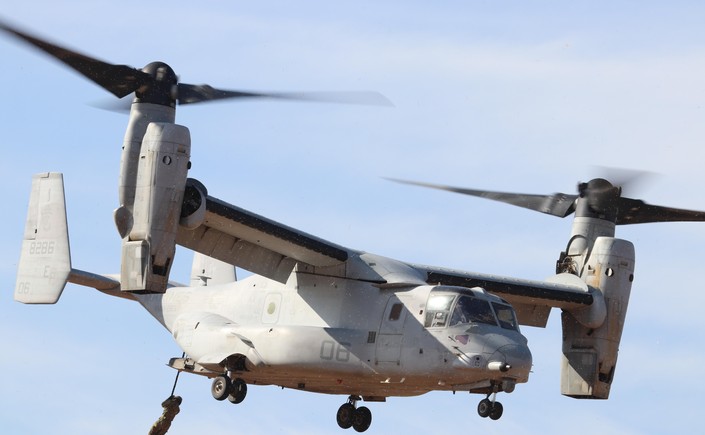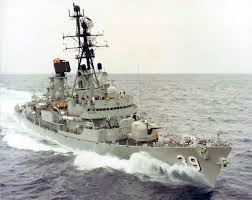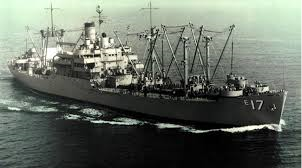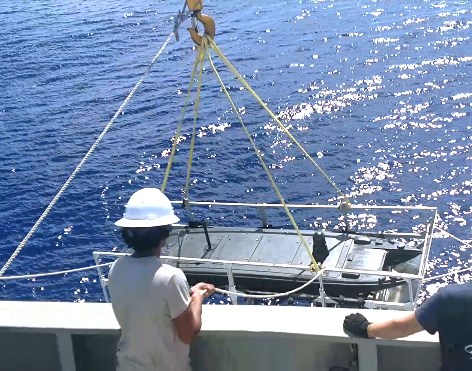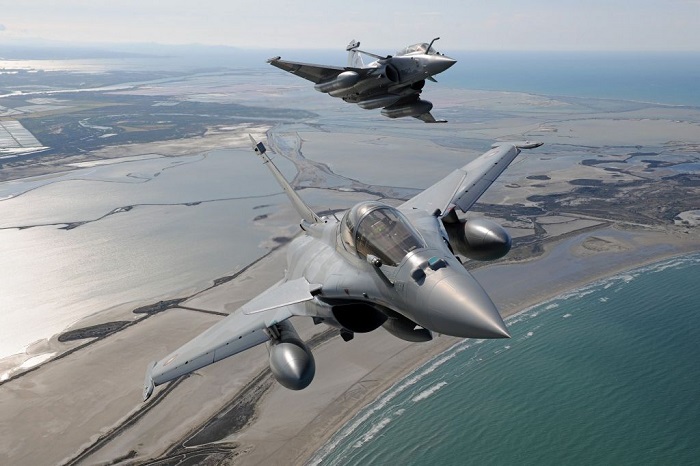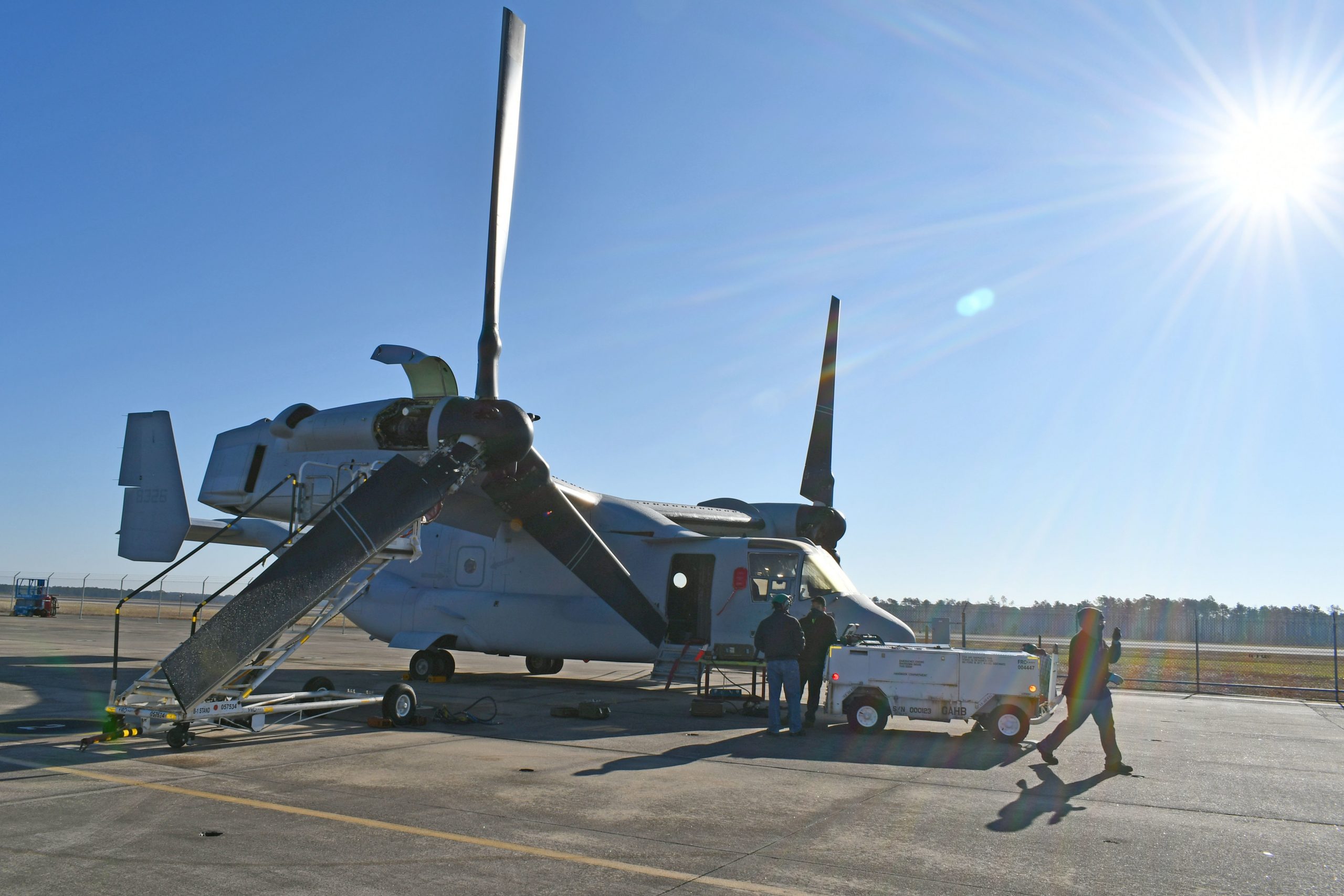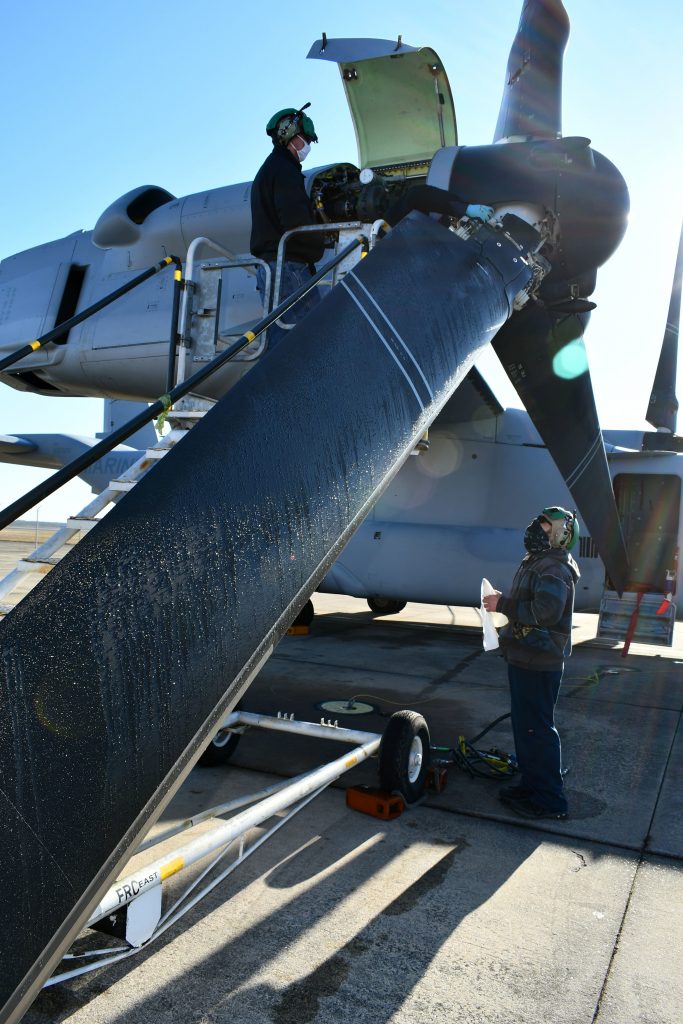At times, the advocates for maritime autonomy systems seem like a church. Believers, advocates and true believers expressing anger that the ghost fleet has not yet arrived.
But for maritime autonomy systems to become key operating elements within the fleet, they will have to demonstrate their worth and that the cost in all senses of inclusion is not higher than exclusion from fleet operations.
A good sense of why this is so was highlighted in my interview with former Naval officer and naval analyst George Galdorisi.
We discussed the infamous DASH system which he noted “failed spectacularly because the technology wasn’t robust enough.”
Then as the XO of the USS New Orleans, he had experience with the Pioneer UAV which they launched from the ship.
“We actually put small arresting wires on the deck and our commanding officer, who was a Vietnam-era A7 pilot, had one goal that week. His goal was that we left the pier on Monday morning with three Pioneers and he wanted to come back Friday afternoon with three Pioneers.
:We came back with one.”
But after a decade-and-a-half of widespread use of unmanned systems by U.S. and allied forces in the land wars, this experience has clearly reshaped the U.S. Navy’s approach to forging a way ahead for the use of autonomous systems technologies in the fleet.
And for the U.S. Navy, the missions which they envisage for such vehicles are the dull, dirty, and dangerous work where you are putting Sailors or Marines in harm’s way and would wish to outsource these missions to autonomous systems.
The Navy and Marine Corps have been using such systems in a wide range of exercises to shape proof of concept efforts in order to sort through what will most effectively meet their needs.
But key questions remain: how is the U.S. Navy addressing maritime autonomous systems in the operational maritime force?
And how best to do so to move forward?
Recently, I had a chance to discuss this challenge with LCDR (retired) U.H. “Jack” Rowley, the Chief Technology Officer and Senior Naval Architect and Ocean Engineer with Maritime Tactical Systems (MARTAC).
MARTAC is a maritime autonomous systems company to which Rowley has come after several years serving as a surface warfare officer and then working through several naval acquisition programs, including the introduction of the LCAC program into the fleet, then followed by working on maritime autonomous systems.
With his background as a surface warfare officer, he has approached maritime unmanned systems from the standpoint of how they could best support surface warfare missions.
With his experience within the LCAC program, he gained an acute understanding of how to disperse force from a “mother ship” in the littorals.
“It was a way to put the forces ashore rapidly, directly on land, because with a hovercraft, you don’t have to worry about the waterline.”
With his time working on the DARPA unmanned maritime ASW-focused program, he gained understanding of both underwater maritime autonomous vessels and maritime unmanned surface vessels, and how they might work together as well.
As he put his experience working at SAIC/LEIDOS on the ASW Continuous Trail Unmanned Vessel (ACTUV) or Sea Hunter program: “I worked the challenges of being able to put the ACTUV together, from the aspects of the hull, the propulsion system and the controls, and I had a full software team that was working the autonomy software end of it.”
That vessel is now operating with Surface Development Squadron One in San Diego.
A follow up second vessel, the SeaHawk, is under construction in Gulfport for delivery later this year.
He came to MARTAC in 2015 to work on their Unmanned Surface Vessel (USV) involved in the Trident Warrior 2015 exercise.
The MARTAC boats are scalable and operate with common operating systems and at that exercise they brought their four, six and eight foot MANTAS craft to the demonstration.
In his time at MARTAC, they have evolved the baseline platform product offering to a 12 foot MANTAS now in production and a new 38ft prototype craft has already operated in Trident Warrior 2020 and is currently in the final buildout stage preparing for operation in IBP-21 San Diego scheduled for April.
This larger family of 24-foot, 38-foot and 50-foot unmanned surface vessels will be referred to as the DEVIL RAY.
Rowley’s background as a surface warfare officer but also working the L-class fleet provides domain knowledge to bridge the work of the surface fleet as they begin work using maritime unmanned autonomous systems.
For such systems can operate from the fleet, whether it be Military Sealift Command, L-class or large or small surface fleet manned vessels.
The real-world background piece which Rowley has in spades is important to me. For much of the literature about maritime unmanned systems and presentations and briefings seem more appropriate to a cult than to a warfighting community.
In my own view, the U.S. Navy will incorporate maritime unmanned systems as they see them executing tasks and solving problems, rather than providing niche capabilities which require excessive attention and pampering. They need to be robust, logistically sustainable, and require limited manpower dedicated to them within an integrated workforce.
And they need to operate within the limits of networks, rather than requiring levels of security and bandwidth beyond the capacity of today’s fleet.
They need to operate in ways where the manpower is tailored to key tasks and they deliver capability rather than drain crucial networking or data management capabilities within the fleet. They resolve combat tasks rather than ramping up demands on the force.
Otherwise, they are simply science projects.
Rowley highlighted a way ahead from his perspective.
“What is required to operate the USVs we are now working with would be for a couple of sailors whose whole purpose in life is to monitor the USVs. They would focus on monitoring the USVs, no different from how currently electronic warfare officers monitor their frequencies. Those USV monitors would then send the information to the Tactical Action Officer (TAO) or to the Combat Information Center (CIC) watch officer as the task performance indicates.”
In other words, Rowley highlighted that for the U.S. Navy to operate USVs as part of the fleet they need to fit into the workflow of the operational fleet rather than to disrupt it, or overwhelm it.
And he highlighted that as a former EW operator, the workflow of an EW watch stander in effect could be followed.
“What I envision is the operators as supervisory controllers of the operational USVs. Let’s look at a sample ISR mission. The USVs operate their ISR mission per their preprogramming and scan the shoreline as required.
“However, if during the mission, based on the real time data being returned from the USV camera or radar, the operator determines that a change in tasking is required, they would have the authority and the capability to modify the program of the mission of that USV or the group of USVs in response to a new situation/threat or simply a need for the USV to gather a different set of ISR information.”
We discussed the key importance of getting USVs into the workflow in order to shape a way ahead for maritime remotes to operate within a combat force.
Maritime unmanned systems are simply that until they fit into the warfare workflow and become part of the evolving concepts of operations of the fleet.
In Rowley’s view, the U.S. Navy has the opportunity now to do so.
According to Rowley: “The Navy has, in the past year, shown excellent initiative on the need for both USVs and UUVs within the Maritime Environment.
“To the point that they have set up a UUVRON-1 in Keyport, WA and the SURFDEVRON-1 in San Diego to start using them with fleet assets, not only in scheduled exercises, but to also begin looking at using them to visualize what they can do as a key player with manned fleet units.”
In other words, the U.S. Navy is moving closer to the opportunity to incorporate unmanned maritime surface vessels as part of its modular task force approach to operating the force as a kill web.
And these USVs can be fitted to do a variety of mission tasks going forward.
The featured photo is of a T-12 Mantas platform shipboard launch.
Mr. Rowley is an experienced and accomplished multi-disciplined engineering project and program management professional with over 35 years of project/program management of complex ocean, electrical, and mechanical engineering systems design. As a retired U.S. Navy Surface Warfare Officer and Engineering Duty Officer, his experience base includes both Government and commercial sectors.
Mr. Rowley has a wide array of engineering and project management accomplishments in the areas of Naval Architecture and Ocean Engineering. Prior to his retirement from the U.S. Navy, he administered, and program managed the $1.2B Landing Craft Air Cushion (LCAC) U.S. Navy Government shipbuilding contract. In the past decade, while at SAIC/LEIDOS, he led the SAIC IR&D engineering design team to field a NOAA sanctioned SAIC Tsunami Buoy (STB) and successfully designed, constructed, tested and deployed 24 STB buoys in the international arena.
As the engineering technical director, naval architect and technical integrator for the DARPA ASW Continuous Trail Unmanned Vessel (ACTUV), now known as Sea Hunter, he was instrumental in the integration of the engineering solution and concept design of the ACTUV, a 131ft surface craft unmanned, autonomously controlled, trimaran with the mission to acquire and track diesel submarines.
Mr. Rowley holds the degrees of BSEE from University of Oklahoma as well as MSME and Degree of Ocean Engineer/Naval Architect from MIT. He had been a key engineering consultant to MARTAC prior to joining them as their Chief Technology Officer (CTO) in 2015.
For a paper which expands on the themes in this article, please see the following:
https://defense.info/featured-story/2021/02/the-u-s-navy-prepares-the-way-for-unmanned-surface-vessels/
Also, see the following:
https://defense.info/system-type/martac-maritime-autonomous-systems/



